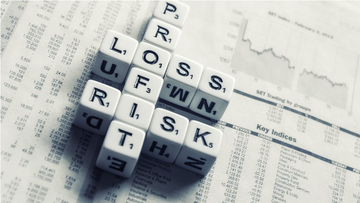risk management, in Italian risk management, represents in the financial sphere the set of operations aimed at managing and containing the financial risks that a company encounters in its operations.
Risk management is an indispensable practice for any trader, at whatever level they operate. The set of risk management theories must be well known by investors, who must be ready to move in case of wrong investments.
risk management is a set of techniques that continually assess loss exposures and evaluate how to protect one’s investments.
Risk management serves to resize the factors that can lead a company or trader to fail to achieve its objectives. The main risks that risk management analyzes are:
- equity risk,
- bond risk,
- credit risk,
- market risk,
- exchange rate risk,
- liquidity risk,
- counterparty risk,
- commodity risk,
- operational risk.
Risk management has assumed particular importance after the financial crisis of 2008, where the capital requirements necessary for banks to adequately face the risk of incurring new negative financial shocks were reviewed.
Among the tools most used by risk managers we find the VaR, which calculates the maximum percentage of loss of a portfolio in a given time horizon with a given level of confidence (usually 95% or 99%).
Therefore, assuming a portfolio of 1 million euros and a 99% confidence interval, under "normal" market conditions, the expected loss at the end of the period at 99% will not exceed one million euros.
This valuation method applied to sub-prime mortgage portfolios was the first that gave signals of the impending financial crisis to the main world banks in 2008.
To find out more on the subject, we advise you to read What is risk management? Why is it important in trading






